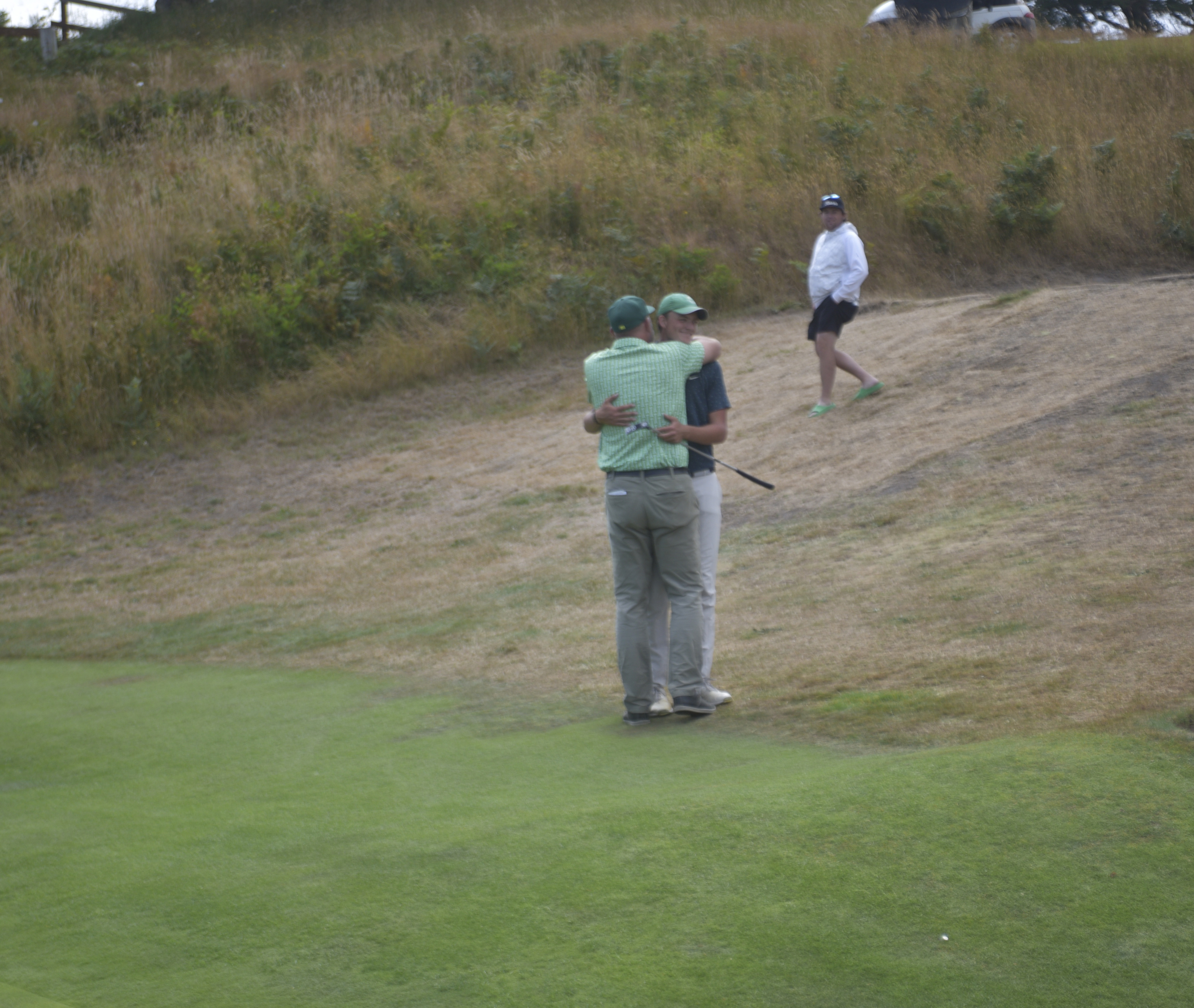IN THE GARDEN: Tree fruit drop is often nature’s way of reducing a heavy fruit load
Published 5:00 pm Tuesday, August 1, 2006
CORVALLIS – Home gardeners shouldn’t worry if their fruit trees commonly “drop” or shed premature fruit. It is often nature’s way of reducing a heavy fruit load, explained Ross Penhallegon, horticulturist with the Oregon State University Extension Service.
Trending
Apples have several periods when fruit drop occurs. The first drop is right after the flower petals fall off and the fruit is tiny, and it may last two to three weeks. The dropping fruits are the ones that didn’t get pollinated or the sperm cells from the pollen didn’t make it to the ovary.
Most fruit varieties need to be cross-pollinated by bees. Lack of pollination may be caused by cold or wet weather or honeybee decline. Also, if the flower buds are exposed to freezing weather, more fruit drop may occur.
A second drop occurs once apples and pears are about the size of marbles, occurring in Oregon in late May or June, sometimes known as “June drop.” Apples and pears are particularly prone to this second drop, thought to be a result of competition between fruits for resources. Underdeveloped cherries may not drop as readily as apples and pears and may stay on the tree longer before they drop. With cool wet weather, the June drop can be very large and last a longer period of time, said Penhallegon.
Trending
A midsummer fruit drop occurs mostly in Italian-type prunes (plums). In apples, pears and cherries, mid-summer fruit drop is more unusual, unless there is a pest or disease infestation. Thinning apples and pears will prevent much of mid-summer drop.
Preharvest drop occurs when fruit is infested with wormy pests that may cause premature ripening and fruit fall.
Even though your fruit trees may drop fruit at several points during the growing season, you may still need to thin more fruit after the June drop. To get large, high quality fruits at harvest and prevent limb breakage, Penhallegon recommends thinning apples to one per cluster, about six weeks after full bloom. Each apple should be at least four to six inches from its nearest neighbor. Other tree fruits except cherries may need some additional thinning as well.
As soon as some mature fruit has fallen, it is a sign that the picking season is near.









